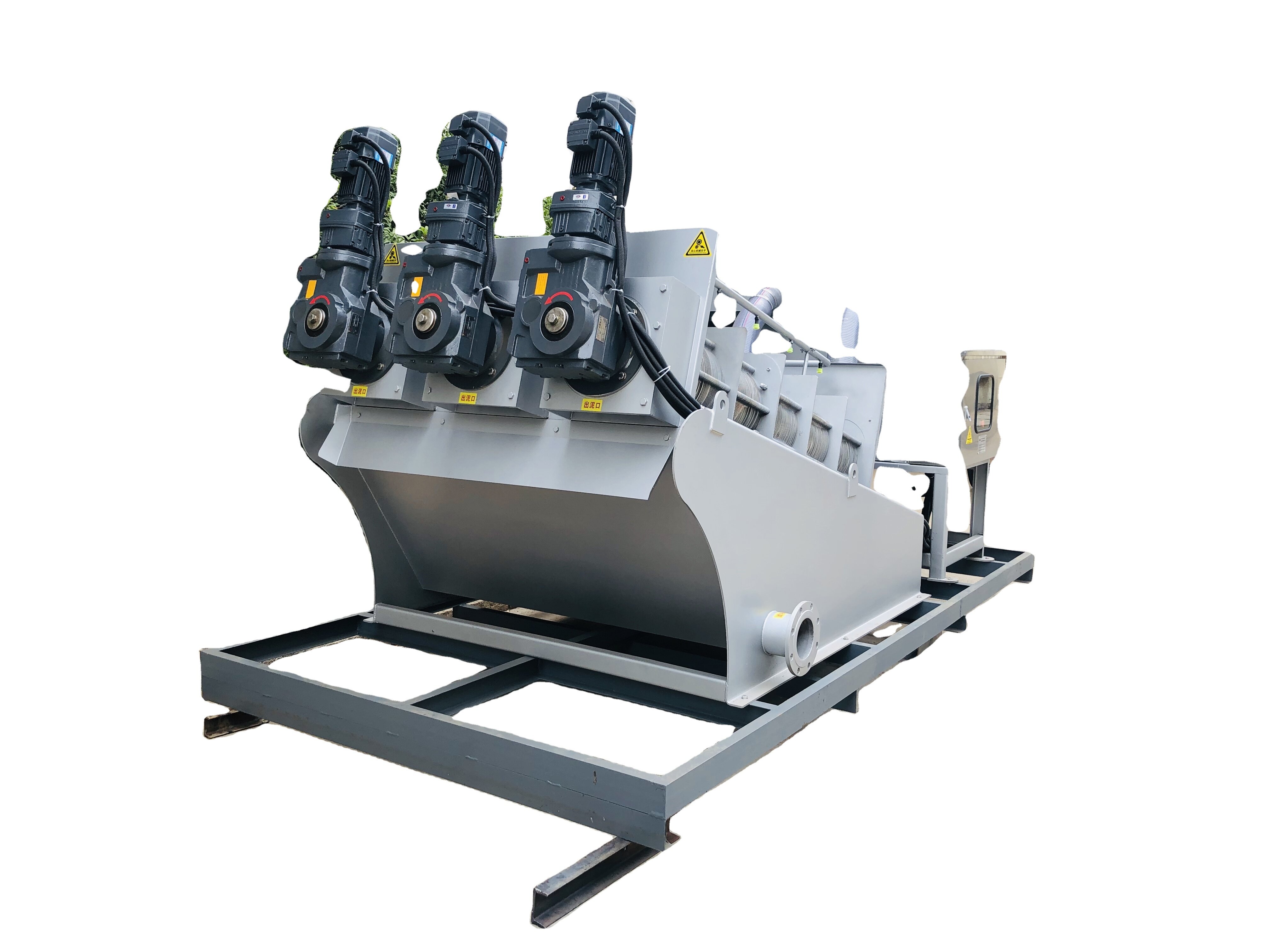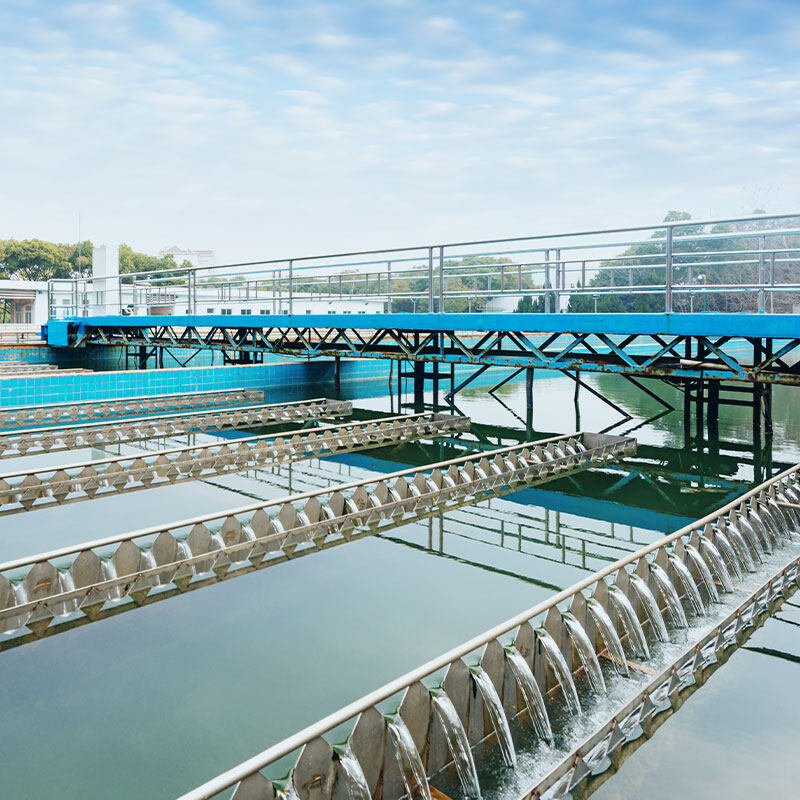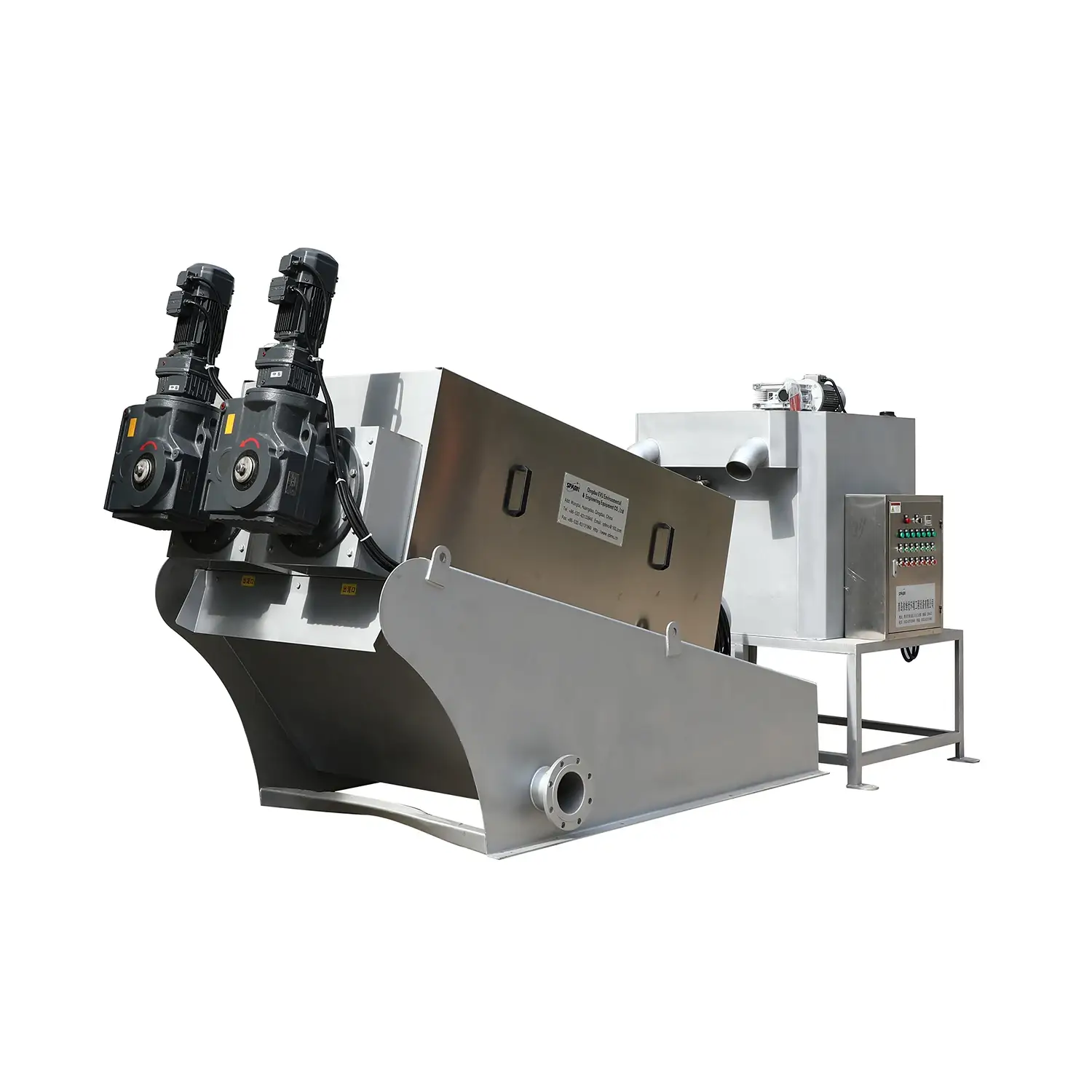2023-11-21 15:49:33
The Unsung Hero of Wastewater Treatment: The Grit Removal Unit
In the complex world of wastewater treatment, the grit removal unit plays a pivotal yet often underappreciated role. This essential component of the treatment process is designed to protect downstream equipment and improve the efficiency of the entire system. In this blog post, we will delve into the function, importance, and advancements in grit removal unit technology, shedding light on its critical contribution to environmental management.

Understanding the Grit Removal Unit
A grit removal unit is a system that is specifically engineered to extract sand, silt, and other inorganic solids from wastewater streams before they enter the main treatment facility. These materials, commonly referred to as “grit,” can cause significant wear and tear on mechanical equipment, lead to clogging, and hinder the effectiveness of the treatment process if not properly removed.
The Role of Grit Removal Units in Wastewater Treatment
The primary role of a grit removal unit is to safeguard the downstream components of a wastewater treatment plant. By efficiently removing grit at the beginning of the treatment process, these units prevent abrasive particles from eroding pumps, settling tanks, and other critical infrastructure. This not only extends the lifespan of the equipment but also reduces maintenance costs and downtime.
Advantages of Effective Grit Removal
Effective grit removal is essential for the smooth operation of a wastewater treatment plant. A well-designed grit removal unit can significantly reduce sedimentation in tanks and basins, improve the efficiency of biological treatment processes, and enhance the overall performance of the plant. Additionally, by preventing the accumulation of grit in digesters and other treatment units, these systems help maintain the designed capacity and treatment effectiveness over time.
Innovation in Grit Removal Unit Design
Innovation is key in the field of wastewater treatment, and grit removal units are no exception. Modern designs focus on improving the separation efficiency, reducing energy consumption, and accommodating a wide range of flow rates and grit characteristics. Advanced grit removal units now incorporate aerated chambers, vortex systems, and other technologies to enhance grit separation and removal.
Custom Solutions from Grit Removal Unit Manufacturers
Recognizing that each wastewater treatment plant has unique challenges, manufacturers of grit removal units offer custom solutions tailored to specific needs. These solutions take into account factors such as the composition of the wastewater, the volume of grit, and the space available for installation. By providing customized grit removal units, manufacturers ensure that plants can achieve optimal performance and longevity.
Environmental Impact of Grit Removal Units
The environmental impact of grit removal units is significant. By efficiently removing inorganic materials from wastewater, these systems help ensure that the subsequent treatment processes can operate at their best. This leads to cleaner effluent being discharged into the environment, which is crucial for the health of aquatic ecosystems and compliance with environmental regulations.
Conclusion
The grit removal unit is a vital component of the wastewater treatment process, offering protection for downstream equipment and contributing to the overall efficiency and effectiveness of treatment plants. With ongoing advancements in technology and a focus on custom solutions, manufacturers of grit removal units are playing a crucial role in supporting the infrastructure that keeps our waterways clean. As we continue to face environmental challenges, the importance of reliable and efficient grit removal cannot be overstated, making these units true unsung heroes in the quest for sustainable water management.

Understanding the Grit Removal Unit
A grit removal unit is a system that is specifically engineered to extract sand, silt, and other inorganic solids from wastewater streams before they enter the main treatment facility. These materials, commonly referred to as “grit,” can cause significant wear and tear on mechanical equipment, lead to clogging, and hinder the effectiveness of the treatment process if not properly removed.
The Role of Grit Removal Units in Wastewater Treatment
The primary role of a grit removal unit is to safeguard the downstream components of a wastewater treatment plant. By efficiently removing grit at the beginning of the treatment process, these units prevent abrasive particles from eroding pumps, settling tanks, and other critical infrastructure. This not only extends the lifespan of the equipment but also reduces maintenance costs and downtime.
Advantages of Effective Grit Removal
Effective grit removal is essential for the smooth operation of a wastewater treatment plant. A well-designed grit removal unit can significantly reduce sedimentation in tanks and basins, improve the efficiency of biological treatment processes, and enhance the overall performance of the plant. Additionally, by preventing the accumulation of grit in digesters and other treatment units, these systems help maintain the designed capacity and treatment effectiveness over time.
Innovation in Grit Removal Unit Design
Innovation is key in the field of wastewater treatment, and grit removal units are no exception. Modern designs focus on improving the separation efficiency, reducing energy consumption, and accommodating a wide range of flow rates and grit characteristics. Advanced grit removal units now incorporate aerated chambers, vortex systems, and other technologies to enhance grit separation and removal.
Custom Solutions from Grit Removal Unit Manufacturers
Recognizing that each wastewater treatment plant has unique challenges, manufacturers of grit removal units offer custom solutions tailored to specific needs. These solutions take into account factors such as the composition of the wastewater, the volume of grit, and the space available for installation. By providing customized grit removal units, manufacturers ensure that plants can achieve optimal performance and longevity.
Environmental Impact of Grit Removal Units
The environmental impact of grit removal units is significant. By efficiently removing inorganic materials from wastewater, these systems help ensure that the subsequent treatment processes can operate at their best. This leads to cleaner effluent being discharged into the environment, which is crucial for the health of aquatic ecosystems and compliance with environmental regulations.
Conclusion
The grit removal unit is a vital component of the wastewater treatment process, offering protection for downstream equipment and contributing to the overall efficiency and effectiveness of treatment plants. With ongoing advancements in technology and a focus on custom solutions, manufacturers of grit removal units are playing a crucial role in supporting the infrastructure that keeps our waterways clean. As we continue to face environmental challenges, the importance of reliable and efficient grit removal cannot be overstated, making these units true unsung heroes in the quest for sustainable water management.



